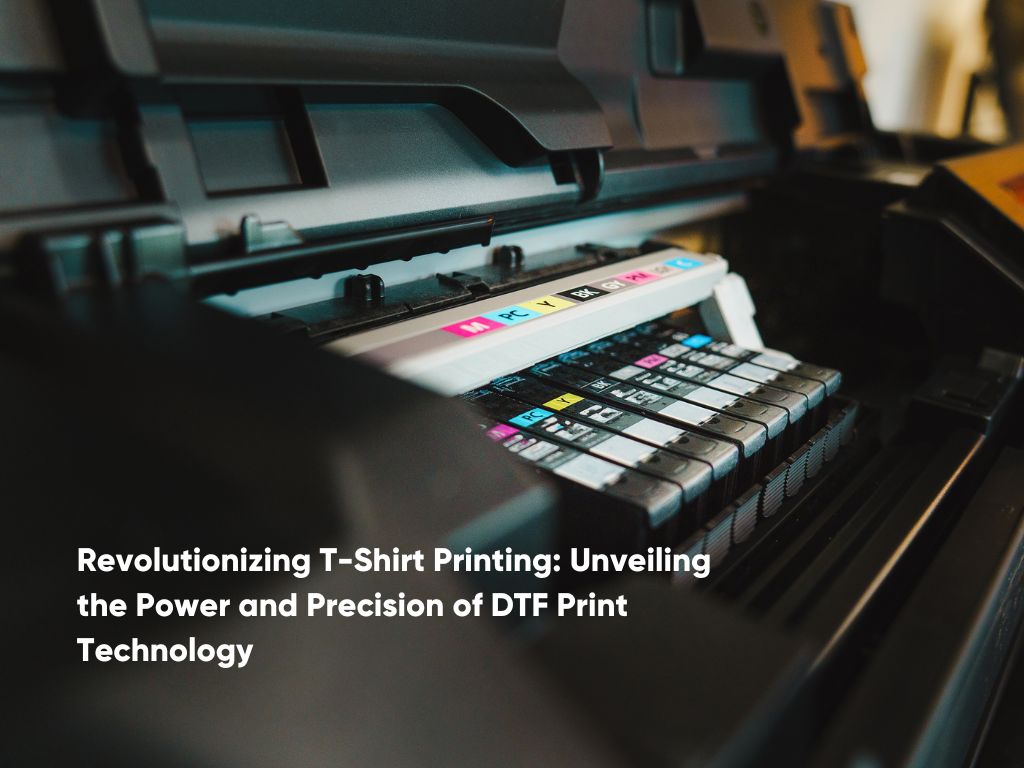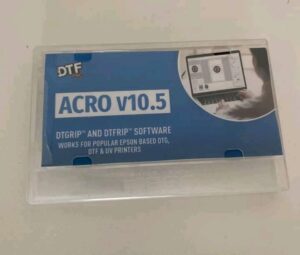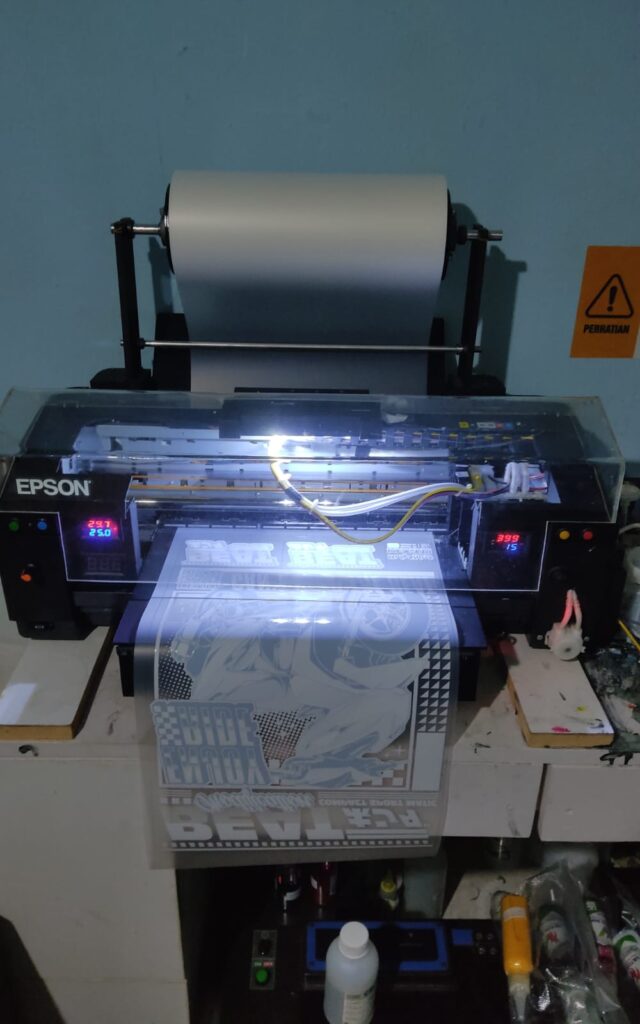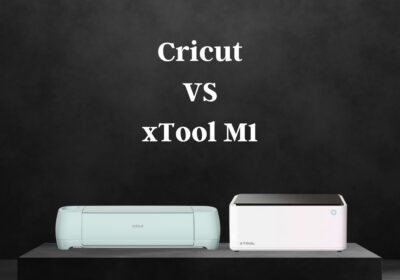
What is DTF Print Transfer
The world of T-shirt screen printing continues to evolve, and one of the recent innovations making waves in the industry is DTF Print. In this article, we will delve into the meaning of DTF, the techniques involved, the distinctions from transfer paper, and the significance of DTF in the T-shirt business.
What is DTF?
Definition of DTF (Direct to Film) Print DTF, or Direct to Film Print, is a T-shirt screen printing technique that utilizes a film or plastic sheet as a transfer medium to imprint images onto fabric surfaces. This process combines the advantages of two methods: DTG (Direct to Garment) and heat transfer.
Definition of DTF Print specifically refers to the process of directly printing images onto a film coated with specialized DTF ink. This ink then transfers the image onto the T-shirt when heated. With this technology, high-detail images with sharp colors can be printed on various fabric types.
DTF Printing Technique
The DTF process involves several steps. First, the design is printed onto DTF film using a specialized printer. Subsequently, the film is applied to the fabric surface and heated with a heat press. The heat causes the ink on the film to melt and adhere to the fabric fibers, resulting in a durable print.
DTF vs Transfer Paper
Differences between DTF and transfer paper, Compared to transfer paper methods, DTF exhibits several differences. Transfer paper uses paper as the transfer medium, while DTF employs plastic film. DTF excels in its ability to print images more effectively on various fabric types, yielding a smoother final result.
DTF in the T-Shirt Business
DTF Print provides a competitive edge in the T-shirt business. With its capability to produce high-quality prints on diverse fabrics, T-shirt businesses can offer more appealing products to consumers. Additionally, DTF enables large-scale production with shorter turnaround times, enhancing production efficiency.
Software for DTF Printing

It’s crucial to note that the success of DTF Print depends not only on hardware but also on the software used. Some commonly used software in DTF printing involves the following steps:
- RIP Software (Raster Image Processor): This software plays a crucial role in managing and optimizing images before printing, ensuring that the resulting images have high quality and align with DTF ink characteristics.
- Design Software: Utilizing design software like Adobe Illustrator or CorelDRAW allows users to create high-detail designs and prepare them for the DTF Print process. Designs should be tailored to the specifications of the ink and printer used.
- DTF Printer Driver: A specific printer driver for DTF must be installed to ensure proper communication between the computer and printer. This allows users to control every aspect of printing, including ink levels and image layout.
Choosing the right software is essential to maximize the potential of DTF Print. By using appropriate software, users can produce high-quality prints and ensure the alignment between the original design and the final result on the fabric.
Types of Printers for DTF Printing

Selecting a suitable printer has a significant impact on the final outcome of DTF Print. Here are some types of printers commonly used for DTF printing:
- Modified Inkjet Printers: These printers are often the top choice for DTF printing. They can produce high-resolution images and handle various DTF inks at a low cost. Inkjet printers modified with the latest technology provide precise and accurate printing capabilities. Examples of printers that can be modified for DTF printing include Epson L1800 and L18050.
- Eco-Solvent Printers: Some industry players also opt for eco-solvent printers. These printers use solvent-based inks suitable for printing on various surfaces, including DTF film. Another advantage is that eco-solvent inks are typically waterproof, making prints more durable.
- UV Printers: UV printers can also be used for DTF printing, although not as common as other printer types. UV printers use UV-cured inks that dry after printing. This can result in long-lasting prints on various materials, including DTF film.
It’s essential to choose a printer that suits your specific DTF needs. Factors to consider include the desired print size, compatible ink types, and production speed. Additionally, printer hardware should be well-integrated with software to ensure a smooth production process.
Read more: DTF Printer Basic Guide
Is DTF or DTG more cost-effective?
In terms of costs, it can depend on several factors, including production volume, raw materials used, and required equipment. Here are some considerations:
- DTF is more efficient for large production volumes, while DTG is more suitable for small to medium-scale production.
- DTF can be used on various fabric types, while DTG is better suited for high-fiber content fabrics like cotton.
- Ink and consumable costs may be lower for DTF, especially for high-volume production.
- DTF machines may have a lower initial cost than DTG machines, but this can vary depending on the brand and specifications of the machine.
In a constantly evolving world, adopting cutting-edge technologies like DTF Print is a crucial step to stay competitive in the T-shirt screen printing industry. The speed, quality, and production flexibility offered by DTF make it a valuable investment for ambitious clothing business enthusiasts.




No Comments